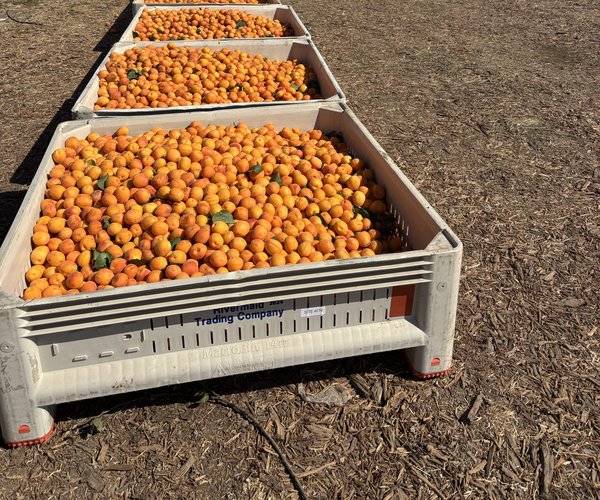Conduct a facility audit to quantify water use.
· Understanding water use in and around your facility may identify water saving opportunities, allow appropriate targets to be established, and serve as a benchmark from which water savings can be tracked.
· This should be the first step in a water efficiency program. It may be cost-beneficial to hire a professional with expertise in industrial water use efficiency to carry out an on-site survey.
Investigate the feasibility of the following general options in your operations.
· Reducing the flow of water.
· Replacing, modifying or installing water saving devices throughout the facility.
· Water treatment, recycling, and reuse.
· Changing to a waterless process.
BUILDINGS
Install water efficient fixtures in restrooms and showering areas.
· Industrial facilities often have domestic water uses such as toilet flushing, sinks for hand washing, and showering facilities. These represent great opportunities for water savings. Examples of fixtures that can be retrofitted include:
o High-Efficiency Toilets
o High-Efficiency Urinals
o Faucet aerators in sinks used for hand washing
o Low-flow showerheads
Manage on-site laundry facilities efficiently.
· Many industrial and commercial facilities consume a considerable amount of water for laundering.
o For residential style washing machines be sure and select a low water factor.
o Multi-load machines should be set to run efficiently with separate settings for each cycle.
o If large volumes of laundry are being processed, assess the feasibility of installing a tunnel washer.
o Evaluate costs and benefits for using laundry systems that recycle water or use ozone technology.
Utilize efficient technology in kitchen areas.
· Kitchen facilities are a likely candidate for reducing water use in any facility. The following are items that can be retrofitted:
o Rinse dishes with an efficient pre-rinse spray valve.
o Use a dishwasher that meets Energy Star standards.
o Install in-line flow restrictors for dipper wells. Also look for new water efficient dipper well technology.
o Replace boiler based food steamers with boilerless technology.
EMPLOYEES
Educate employees about the importance of using less water.
· Creating a workplace culture that focuses and takes pride in water efficiency can be a very beneficial component of a water conservation plan. Increased awareness will ensure more staff members are monitoring water use. Consider the following:
o Give recognition to those who initiate water-efficiency procedures and processes.
o Make water conservation part of performance reviews, especially for line managers. LANDSCAPING
Landscape with water-wise landscaping principles.
· Many commercial and industrial facilities have landscapes that require irrigation. Taking action to become more efficient can save a lot of water:
o Use native plants or other drought tolerant plants that require little water to thrive in arid regions.
o Plant turf grass only in areas where people will use it actively for recreation.
o Organize your landscape to group plants and vegetation that have similar water requirements. This prevents overwatering of some plants and avoids under-watering of others.
o Keep soil healthy and add mulch to prevent water loss through evaporation.
o Water landscaped areas in the morning to prevent water loss due to evaporation. Avoid watering when it is windy.
o Use a rain barrel to collect water for landscape irrigation use.
o Limit outdoor watering to 2 days per week in compliance with the City’s outdoor watering schedule.
If an irrigation system is used, make sure it is properly set up and maintained.
· Install weather-based SMART irrigation controllers.
· Regularly inspect the sprinkler heads to make sure they are not damaged or malfunctioning in any way.
· Adjust sprinklers so they are not spraying water on paved or concrete surfaces.
· Install and maintain rain sensors, either wireless or wired, on the irrigation controller if it does not have a built-in one.
OTHER
Dry sweep or use a water broom when possible, instead of using a hose to clean floors, sidewalks, and other hard surfaces.
· Water brooms should be used only when traditional brooms are not able to clean the surface in a satisfactory manner. Additionally, water brooms are superior to hose and spray nozzles in both water efficiency and cleaning effectiveness.
Make sure all hoses are equipped with an automatic shut-off nozzle.
· Hoses that don’t have an automatic shut-off nozzle and left running can waste 8-12 gallons per minute.
For questions or additional information, contact Municipal Services at 209-668-5590. Brought to you by the City of Turlock Municipal Services Department.
WATER CONSERVATION TIP #13
High-efficiency washing machine: Your clothes washer is the second largest water user in your home. Switch to a high efficiency washing machine and save money on both your water and energy bills. The City of Turlock also offers rebates for qualifying appliances. Visit the City’s website at www.CityofTurlock.org to learn more today.









